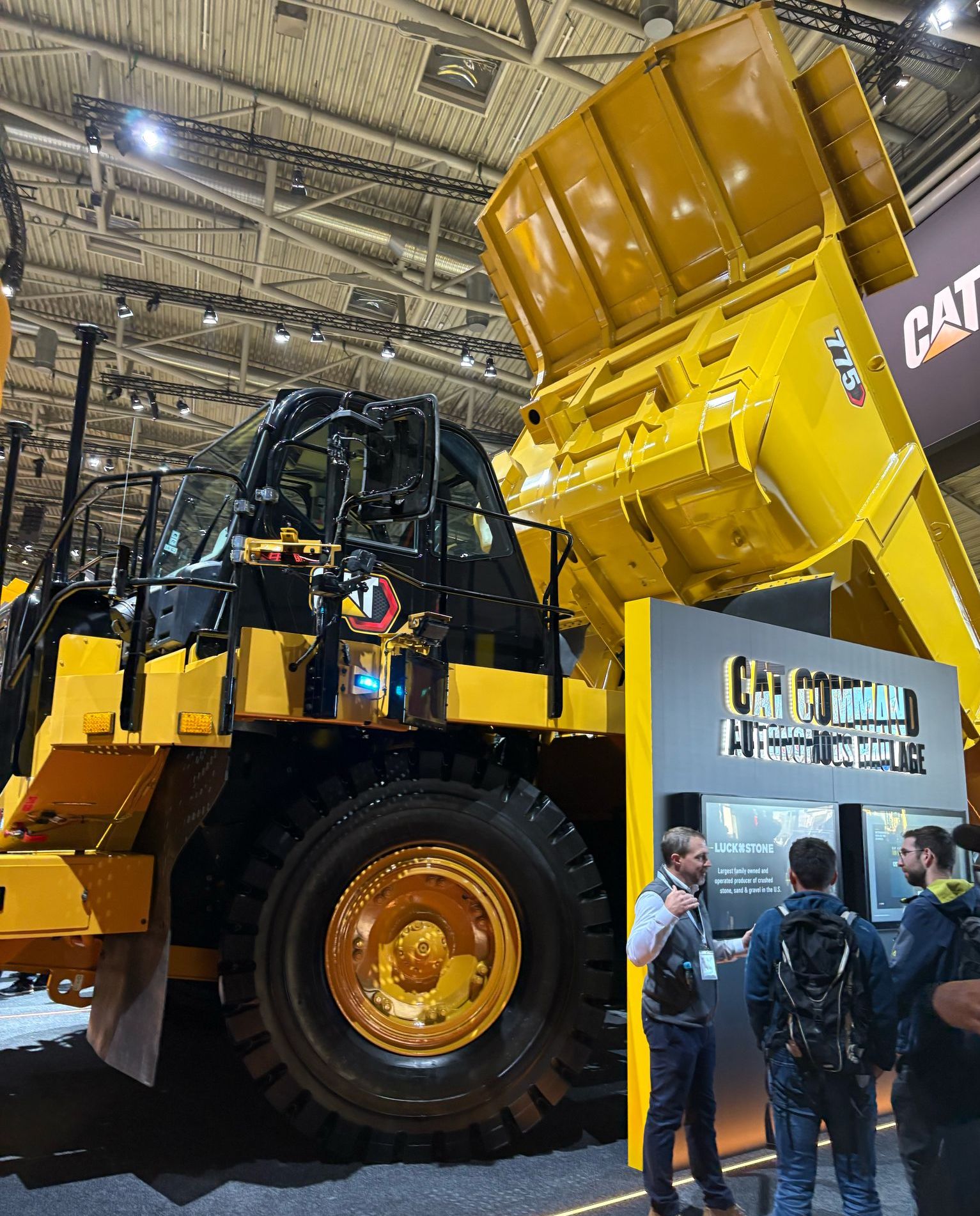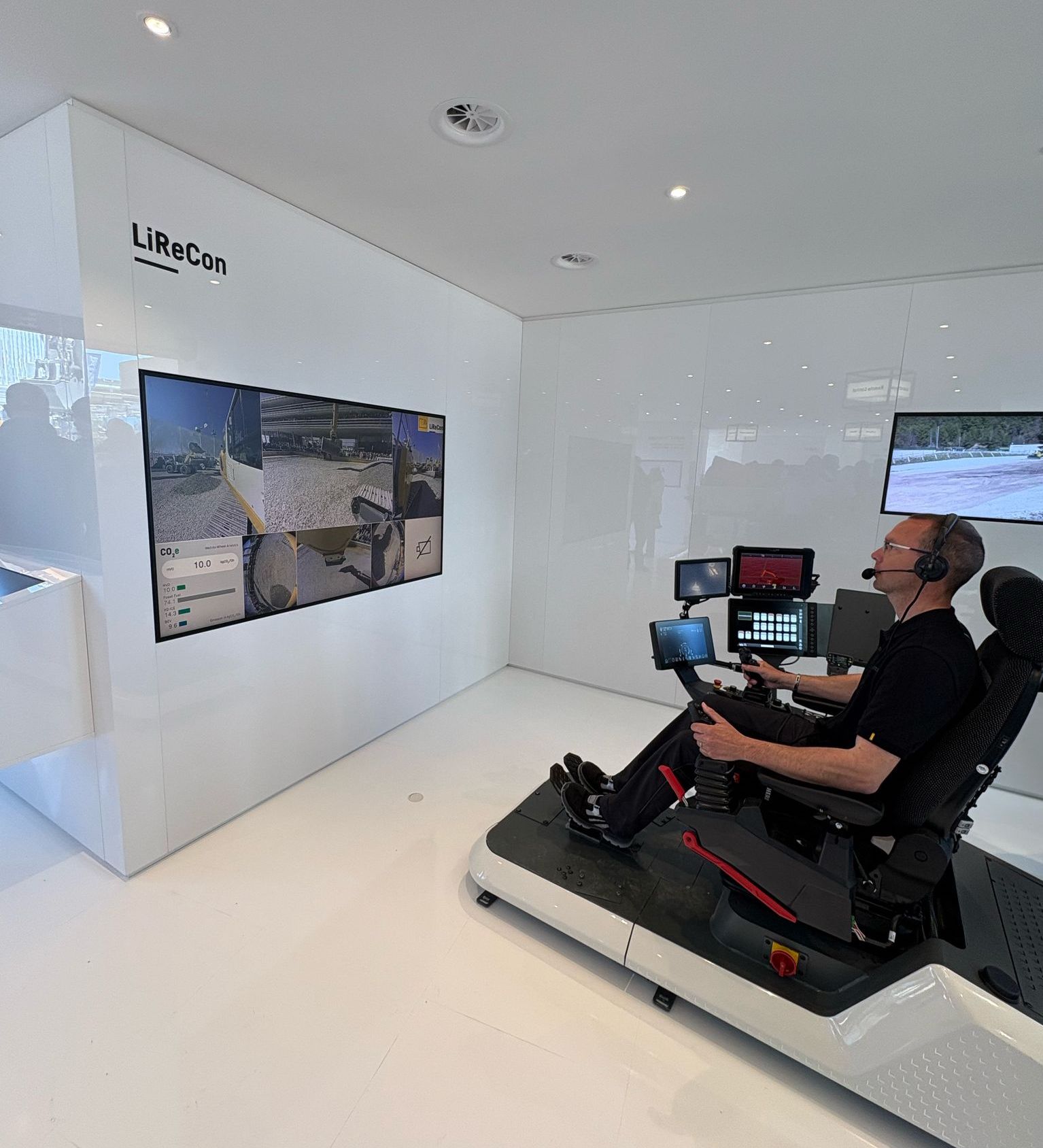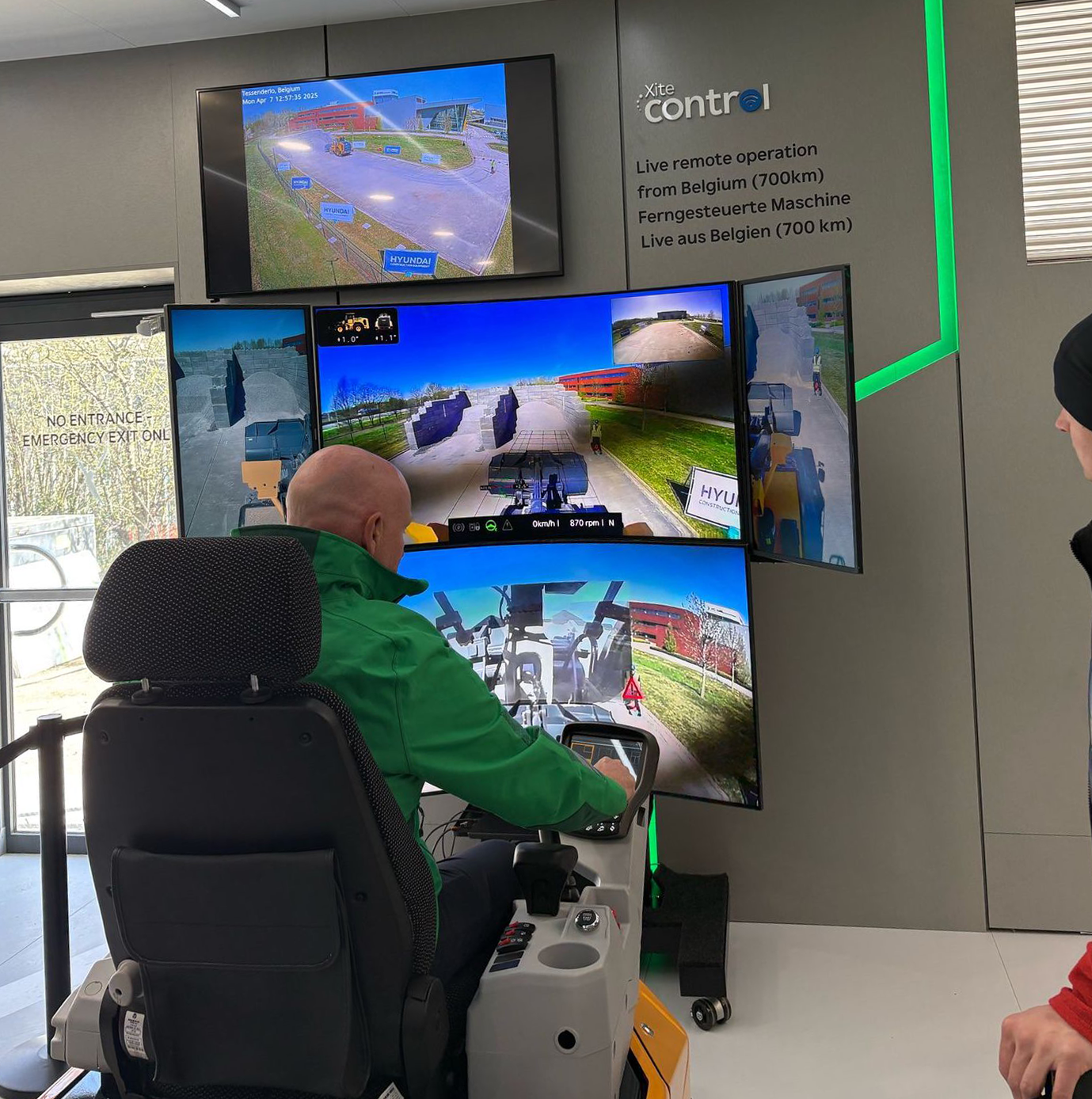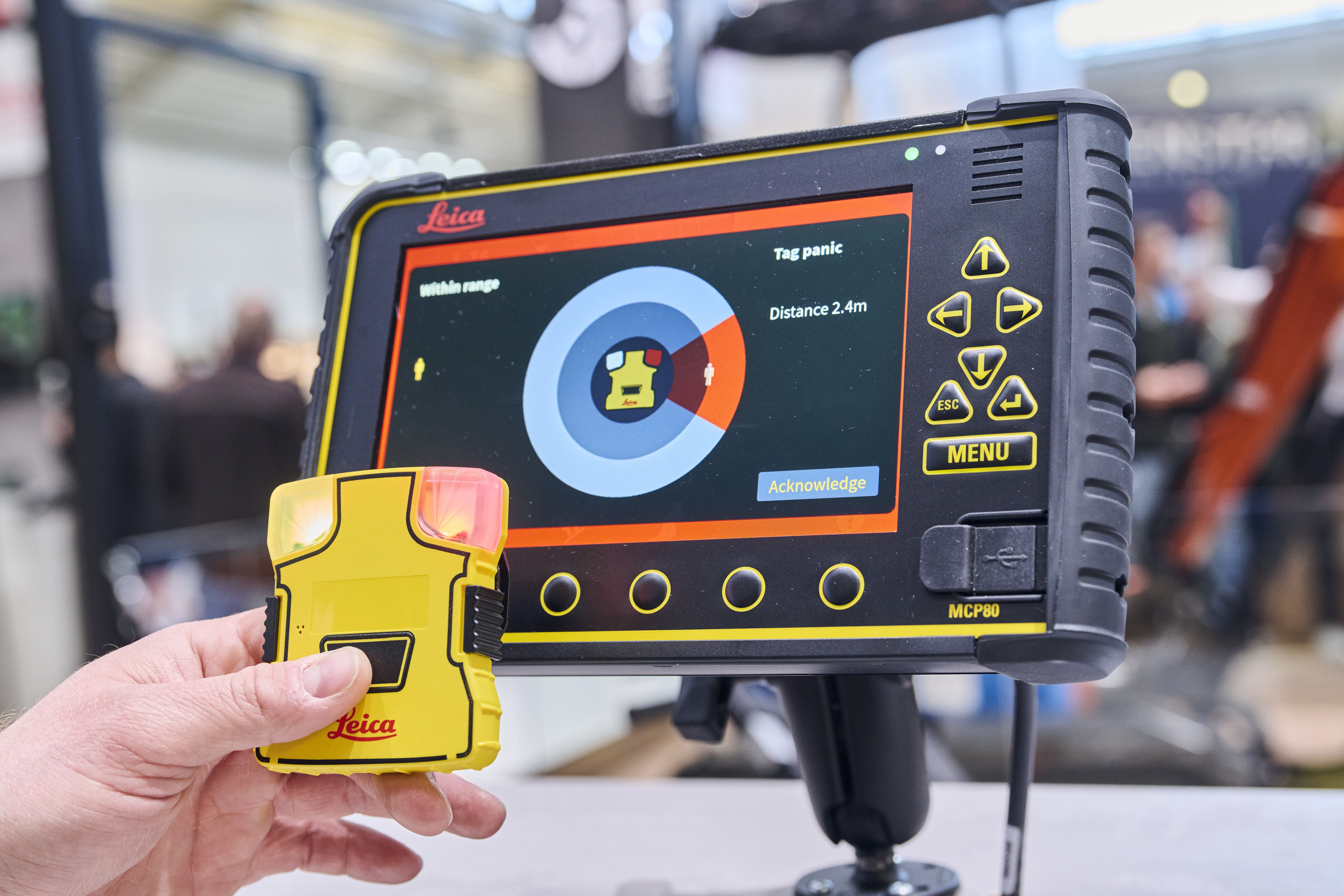Sub Menu
Bauma offers an insight into the future transformation of the plant industry
Gail McEwen reports back on her experience visiting Bauma.
As Vice President of the Scottish Plant Owners Association (SPOA), my recent visit to Bauma 2025 in Munich was a timely and inspiring opportunity to explore how digital innovation is transforming the future of the plant sector - not just in terms of technology, but also in how we think about people, safety and wellbeing.
According to academic research and reports such as the Farmer report (2016), construction continues to lag behind other industries when it comes to digital transformation. However, Bauma clearly demonstrated that the tools to change this narrative are already here. The event showcased a range of technologies that have the potential to reshape how we work - from autonomous plant and advanced GNSS machine control to remote operations, AI-powered diagnostics, and real-time safety systems.

Caterpillar D6 high drive electric drive dozer
One of the standout experiences for me was visiting the Caterpillar stand, where I was shown a driver fatigue detection system that monitors subtle behaviours such as slow eye closure. If signs of fatigue are detected, the seat vibrates and an in-cab alarm is triggered to alert the operator. This is technology that could save lives on sites where long hours and demanding schedules are all too common.

Caterpillar CAT Command, autonomous haulage system
Equally impressive were developments in autonomous and semi-autonomous plant. Some systems now enable operators to control machines from remote operating hubs, away from the physical site. This capability has huge implications, not just for safety and productivity, but also for mental health.

Liebherr LiReCon remote control system
Through my recent involvement in a suicide awareness initiative with Glasgow Caledonian University, we examined the disproportionately high suicide rates among mobile machine drivers and operatives. In 2021, the rate stood at 19.830 per 100,000 -one of the highest within construction-related occupations. Encouragingly, this fell to 4.902 in 2022, and further data is currently being analysed for 2023 and 2024.
While there are many contributing factors to mental health challenges in our sector, one that cannot be ignored is the isolating nature of plant operation. Operators often spend entire days working alone in cabs, with limited human interaction. Remote operation technologies could provide a shift in how we approach this. If operators can work from shared control rooms, taking breaks together, speaking face-to-face, and becoming part of a collaborative environment, we may well see a positive impact on mental health and overall wellbeing.

Hyundai xite control system
What struck me most at Bauma wasn’t necessarily the presence of brand-new technologies, but the way existing innovations are being enhanced to do more, becoming smarter, safer, and having a greater impact. Tools like Leica’s PA10 and PA80 proximity detection systems and advanced avoidance zone technologies are great examples of this evolution.

Leica proximity warning PA10 system
As Vice President of the SPOA, my focus will be on bridging the gap between technology and adoption, especially for small and medium-sized businesses. Our aim is to demystify digital transformation by offering practical, accessible support: from how-to guides and real-world case studies to industry workshops and peer-learning opportunities.
Digital transformation is not just about machines, it’s about people. As we look ahead, we must ensure our industry is not only keeping up with innovation, but also using it to build safer, healthier and more connected workplaces.